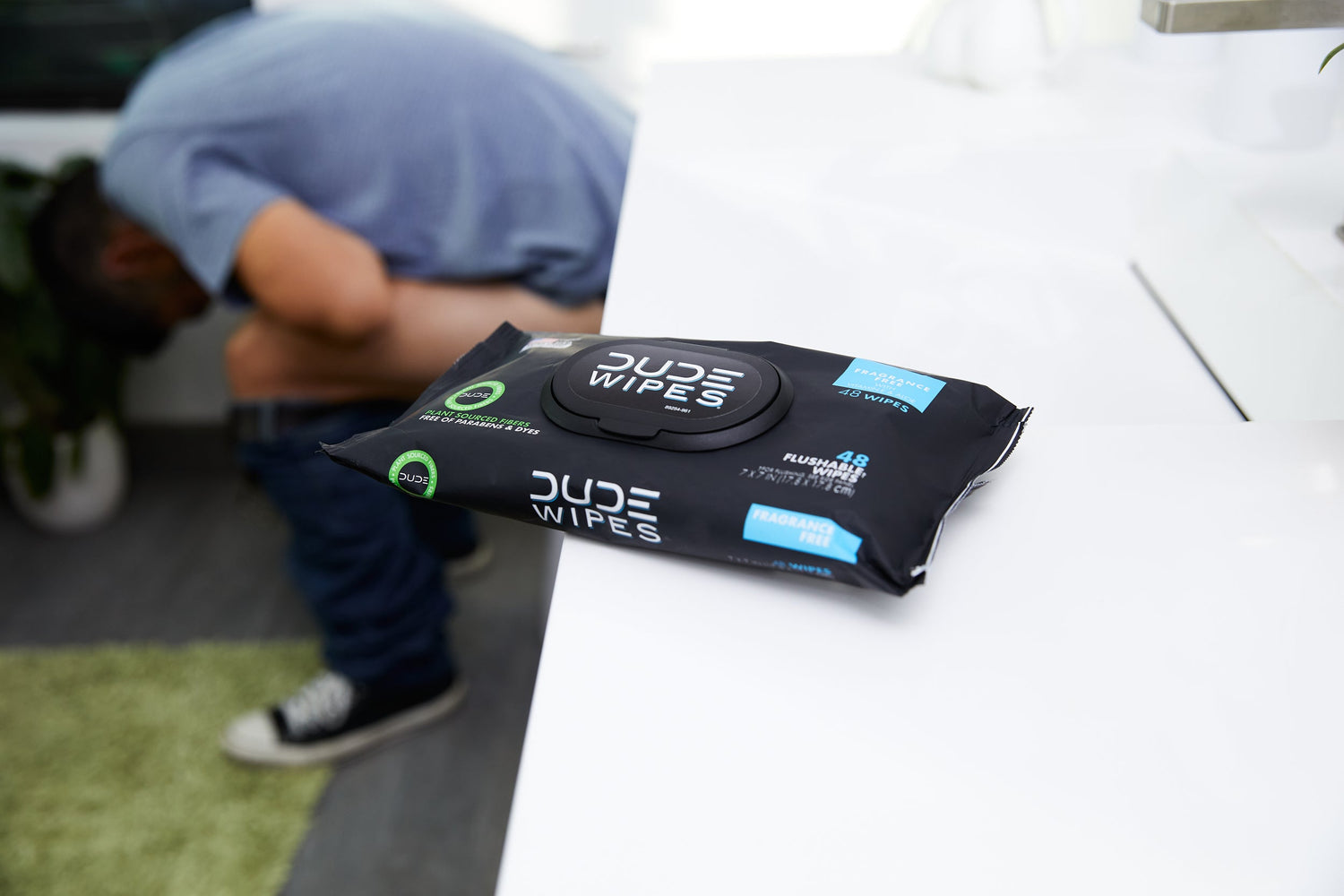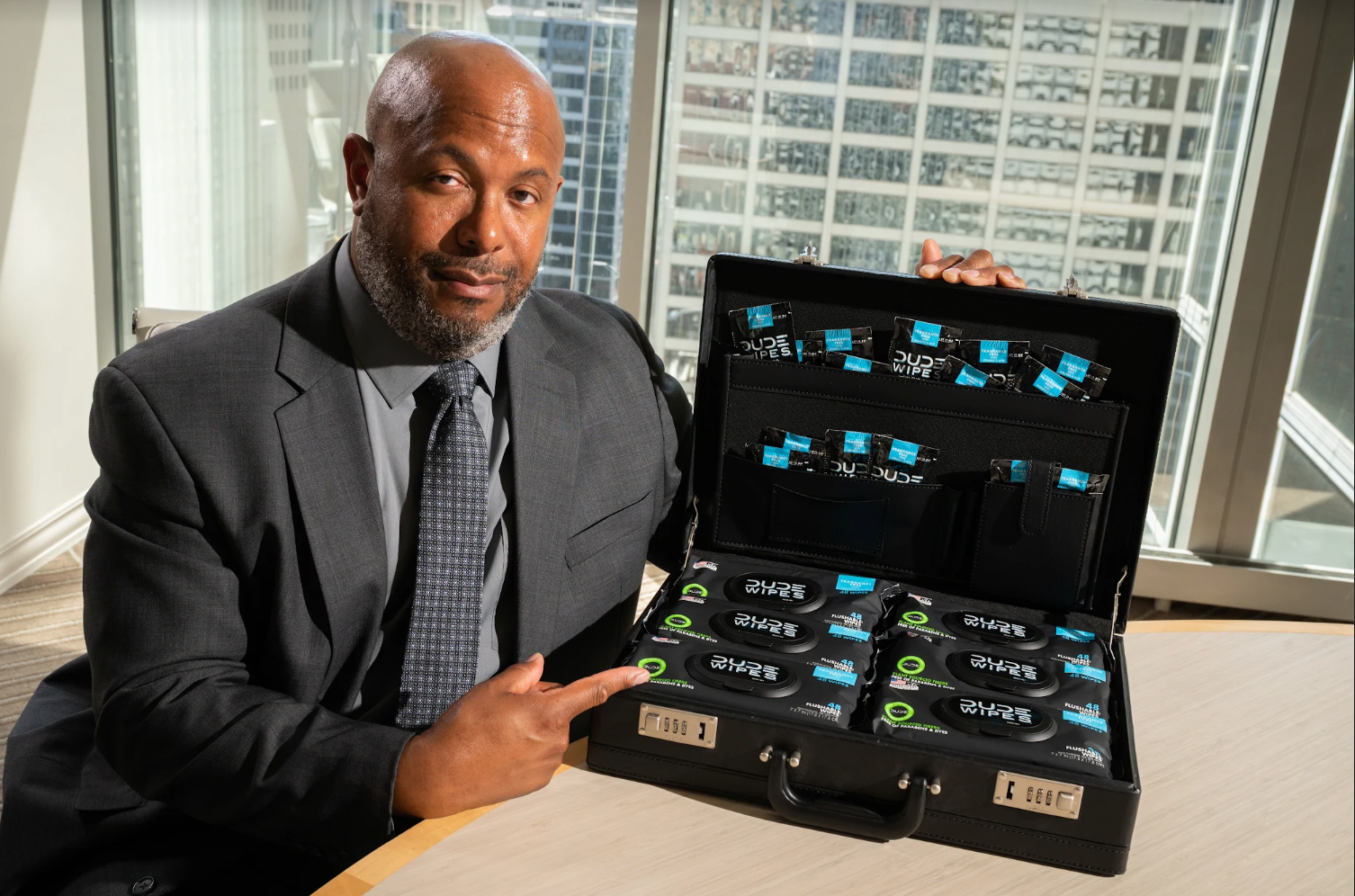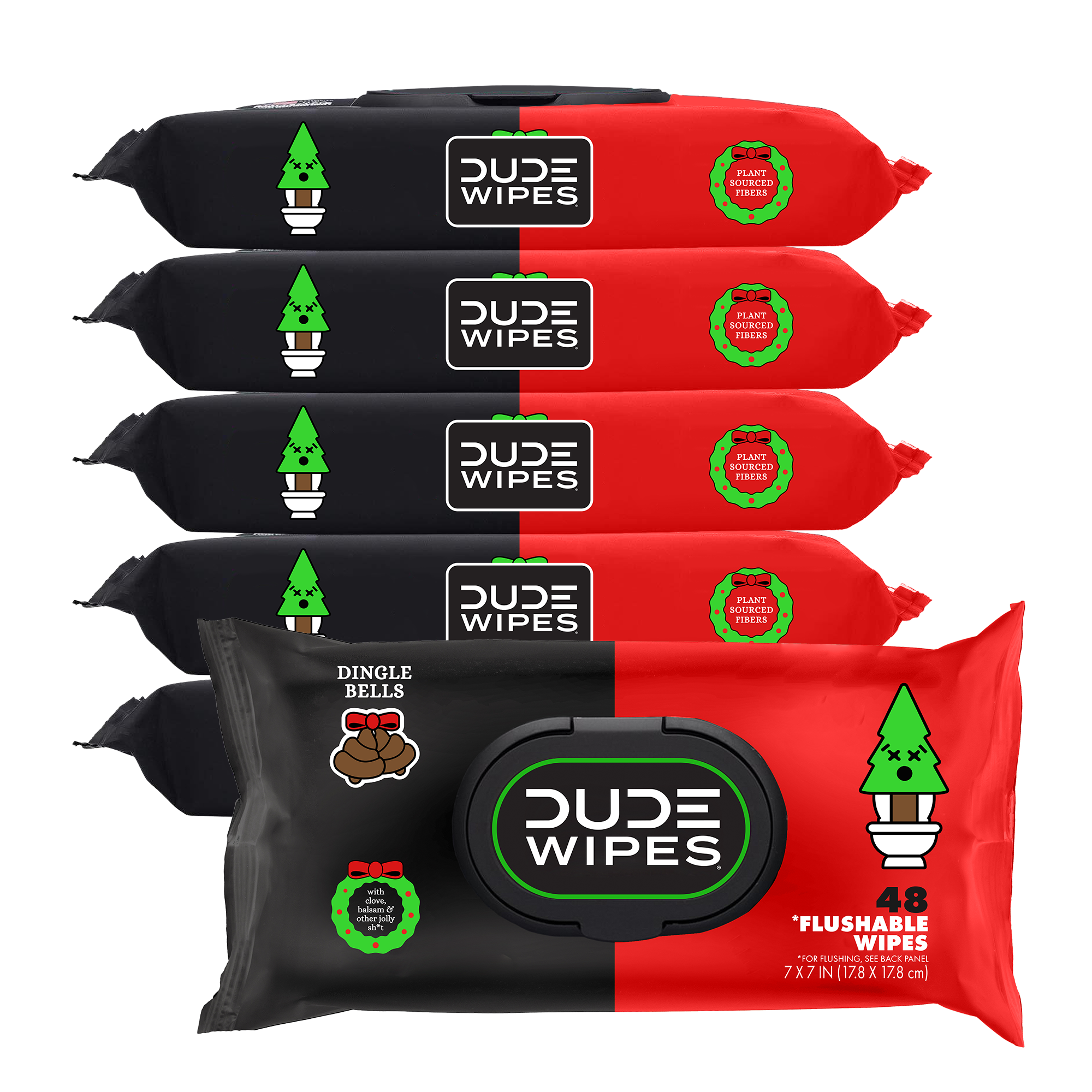Inspecting your poop isn’t something to be ashamed of. In fact, it’s one of the best things you can do to gauge your gut health. When something looks funky in the toilet bowl, panic is natural—especially if your poop looks stringy, like chocolate spaghetti.
A standard turd is approximately 1-2 inches wide and 4-8 inches long (that’s “normal” according to the Bristol stool chart). However, the shape and size of your poop can vary depending on your digestive health and what you ate for lunch. Sometimes, it can be as narrow as a pencil or a strand of yarn.
Before you book it to the emergency room, it’s important to know that stringy poop probably isn’t a big deal. However, if it’s happening all the time or you have other symptoms like abdominal pain or rectal bleeding, it’s time for a trip to the doctor.
Read on to learn what makes poop stringy and what you can do about it.
6 Causes of Stringy Poop
You might have read that stringy poop is a symptom of colorectal cancer. That’s technically true, but chances are the culprit is far less serious.
“Narrow stools that occur infrequently probably are harmless,” says Elizabeth Rajan, M.D., a Mayo Clinic gastroenterologist.
Here are six reasons why your poop might look stringy.
1. Unhealthy Diet
The food you eat has the biggest impact on the shape, size, frequency, and color of your poop. If your diet is low in fiber and high in processed foods, your stool might get thin and loose. That’s a sign you’re not getting enough fruits, vegetables, and whole grains in your diet.
Unhealthy food is also notorious for coming out the other end before your body fully digests it. If the food doesn’t have a chance to become “normal” poop inside your colon, it may appear stringy, watery, or full of remnants.
The stuff that “goes right through you” is usually spicy, greasy, or dairy (especially if you’re lactose intolerant).
2. Constipation
Constipation usually creates dry pebble poop that’s hard to push out. But it can also make your poop narrow because of blockages in your intestine. This can change the shape and size of your turds.
The clinical definition of constipation is having fewer than three bowel movements per week. Although you might feel plugged up if you’re an everyday dumper.
Chronic constipation can be the result of a poor diet, dehydration, traveling, medications, or hormonal changes.
3. Inflammatory Bowel Disease (IBD)
IBD refers to conditions that cause inflammation in your digestive tract. There are two main types of IBD:
- Ulcerative colitis: Inflammation that causes sores, AKA ulcers, along the lining of the large intestine
- Crohn’s disease: chronic inflammation of the gastrointestinal tract
IBD is known to cause thin stools and diarrhea that may appear stringy. This is because the intestine can’t absorb enough fluid, which makes things runny when they come out the other end.
4. Irritable Bowel Syndrome (IBS)
IBS is a chronic condition that usually includes bloating, cramping, abdominal pain, and changes in bowel habits.
People with IBS can cause rapid stomach contractions, which give you the sudden urge to go. This gives your gut less time to absorb water, resulting in poop that’s thin, watery, or stringy.
Doctors aren’t sure what causes IBS, but it may have to do with the gut-brain interaction. It could also be genetic.
5. Intestinal Infections
Bacteria or parasites that infect the digestive tract can cause all sorts of gut issues. The most common sign is diarrhea, but infections will likely also cause fever, vomiting, nausea, severe stomach pain, and (prepare for this one) actually parasites or worms in your poop.
Parasitic infections are rare in developed countries. They’re more common in hot, humid areas with poor sanitation. Luckily, these infections can be treated with antibiotics.
6. Colorectal Cancer
Stringy or pencil-thin stools can be a symptom of colorectal cancer. This happens when cancerous polyps in the colon or rectum cause blockage, making the poop that comes out appear narrow.
Colorectal cancer definitely isn’t something to ignore. But as we mentioned up front, it’s still pretty rare in the grand scheme of things. Most people with colorectal cancer will experience other symptoms in addition to stringy stools, such as:
- Unintended weight loss
- Bloody poop
- Black stool color
- Frequent diarrhea and/or constipation
Every dude should get a colonoscopy beginning at age 45 to minimize the risk of colon cancer.
How to Bulk Up Your Poop
If you want your poop to resemble a smooth sausage instead of a Twizzler, your best bet is a high-fiber diet. Aim for at least 25 grams of fiber every day. You can meet your quota by eating fruits, vegetables, whole grains, and legumes.
In addition to adding healthy foods to your diet, you should ditch the bad ones. Greasy, processed foods can wreak havoc on your gut.
Lastly, avoid foods that give you the runs. Tempting as that plate of hot wings or bowl of ice cream might be, you’re gonna pay the price when it comes out the other end.
When to Tell Your Doctor About Stringy Poop
Stringy poop on its own isn’t an emergency if it happens randomly. However, if your poop is always stringy, that’s a red flag.
“Check with your doctor if you notice any changes in the appearance of your stool that last longer than 1-2 weeks,” says Dr. Rajan.
Make sure you’re on the lookout for other sketchy symptoms that coincide with your stringy poop, as this may indicate a more serious digestive disease.
“Consult your doctor immediately if your bowel changes are accompanied by rectal bleeding or severe abdominal pain,” she says.
Stay Fresh Down There
No matter the size, shape, or smell of your poop, your butt deserves better than toilet paper for all the work you put it through. If you’re already dealing with an unhappy gut, the last thing you need is a chapped, itchy rear in the equation.
Do your ass a favor and switch to DUDE Wipes. They’re infused with vitamin E and aloe to soothe your nether regions, and they’re extra large for adult-sized dumps. Feeling adventurous? Try a Mint Chill Wipe—it’s like a breath mint for your booty.

























